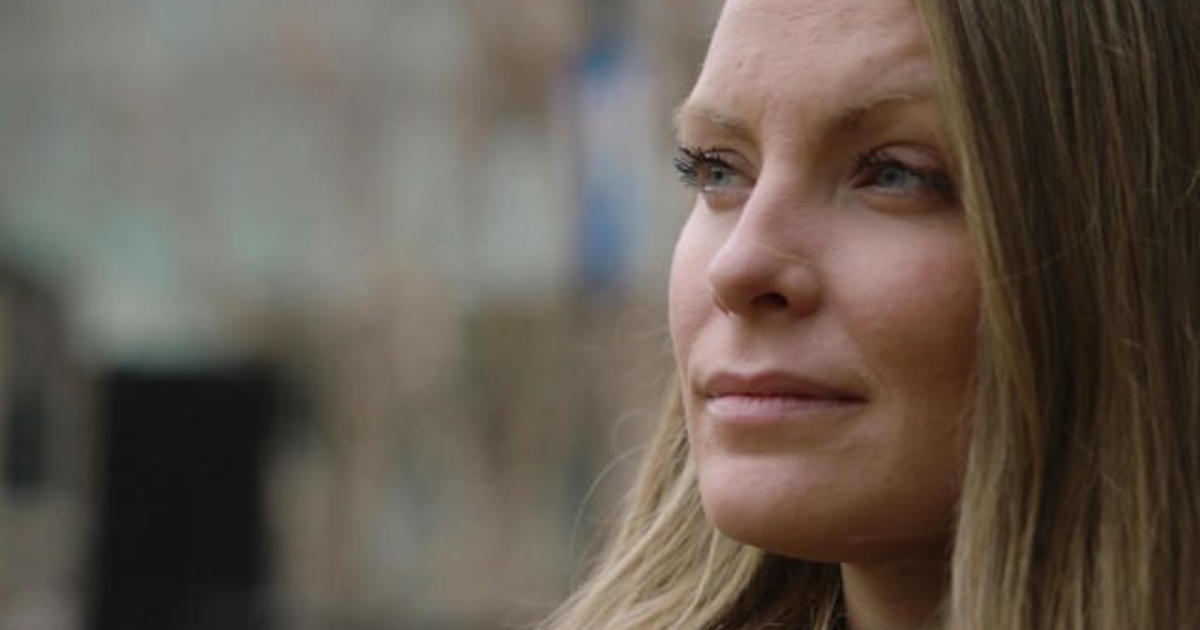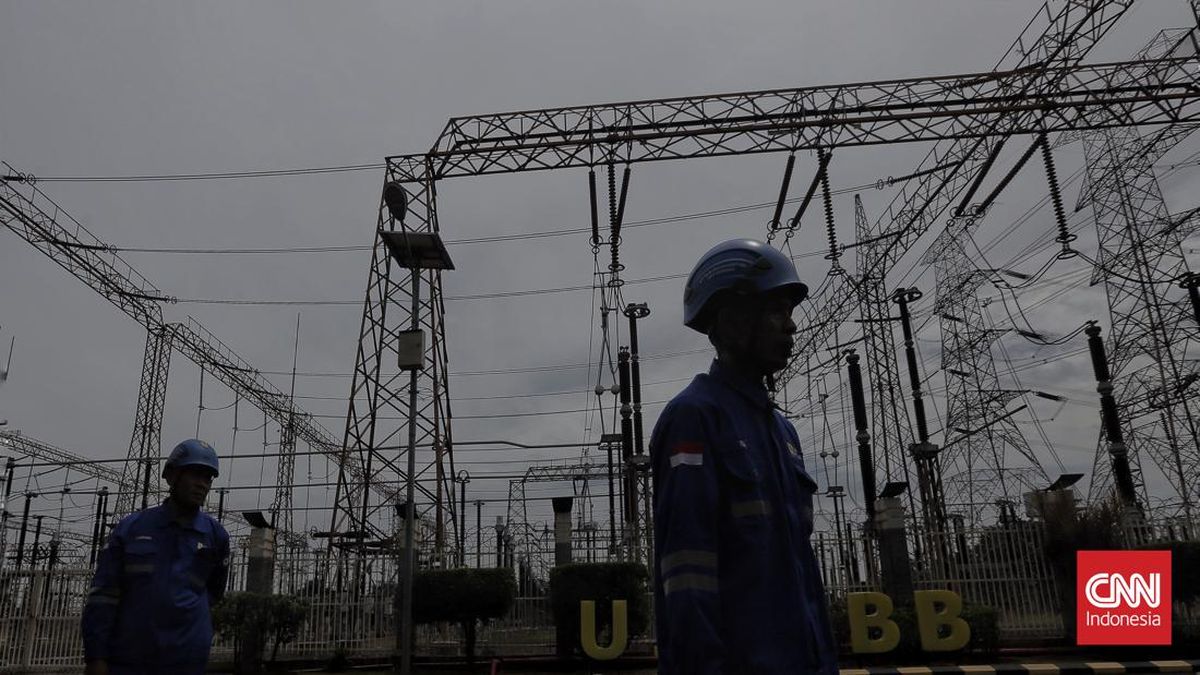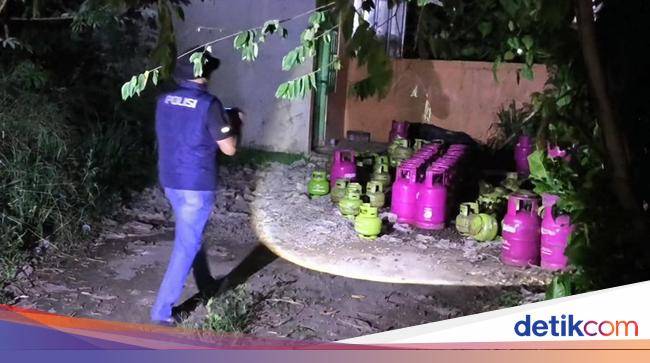“Please remember to treat our team respectfully as they assist you.” (Telstra, recorded phone call.) “During this stressful time we ask everyone to be patient and respectful towards our staff.” (Pharmacy Guild of Australia, signage template.) “We will not tolerate verbal abuse and aggressive or violent behaviour toward our team and other shoppers. Be kind or leave.” (My local shop.)

Illustration by Dionne Gain Credit:
Here you were, thinking you were just a customer, when in reality you’ve entered a conflict zone. What you thought was a simple human interaction now comes with a red flag.
The cautions, “Do Not” signs and hair triggers started before COVID, but since 2020 they’ve spread like a pandemic of their own. Pre-COVID, the customer was always right; now the customer is on their last warning.
Blame the rising cost of living. Blame the 205 times per day the average person is checking their phone. Blame the viral rampage of undiagnosed mental illness threatening social cohesion and civility. Blame Trump.
Adjacent to the zero-tolerance signs and the phone holds, like a good cop next to a bad cop, are the Lickert scales which have also swamped post-pandemic life.
Loading
“Take this quick survey.” “How did we do?” “Rate us out of five.” Developed by the psychologist Rensis Lickert in 1932, the five-step scale (Very Likely, Somewhat Likely, Neither Likely Nor Unlikely, Somewhat Unlikely, Very Unlikely) aimed to quantify human feelings into usable data. Now, to divert our microaggressions before they become macro, Lickert scales function as social control. Before you open your mouth and say something offensive, you might just press the button saying you “Strongly Disagree” with the service and are “Very Unlikely” to return.
Lickert scales have, alongside the warning signs, become ubiquitous. You can’t end a call, finish a service or leave a public toilet without being asked to give it a rating. This morning I was asked to rate my appointment with my doctor. (Still alive – five stars!) And they are also rating you. (Still alive – one star.)
But the Lickert scales and the prominent warning signs don’t seem to be working. Customers in shops are jumping past “Strongly Disagree” and going straight to verbal abuse. A person who violently assaults a shop assistant is Very Unlikely to take notice of a sign reminding them to be kind.
The SDA (Shoppies’) Union surveyed 4600 Australian workers in 2023 and found that 76 per cent received regular verbal abuse from customers and one in eight had suffered physical violence. These figures had doubled in two years. The Australian Retail Association found that more than 92 per cent of staff experienced verbal or physical assaults at work. One in 10 of their customer-facing faces had been spat on.

Three-quarters of retail workers reported receiving regular verbal abuse from customers.Credit: Getty Images
Women are most often the targets. In 2024, ANROWS (Australia’s National Research Organisation for Women), in its “Just Another Day in Retail” report, found that 38 per cent of sexual harassment in shops is from customers (the rest is from co-workers). As the Herald’s investigation into the Merivale hospitality empire this week shows, the idea that “the customer is always right” can take a dark turn in certain industries.
Rudeness from customers, which used to risk nothing more than being “fired” by the retailer, has been unlawful in NSW for exactly two years. Since the Minns government’s Crimes Legislation Amendment was enacted in mid-2023, 136 individuals have been charged, 64 convicted and 25 jailed for aggression against retail staff.
The world – by which I mean not Washington, Gaza or Ukraine but your neighbourhood mall – is demonstrably on a more aggressive trajectory. The big and small pictures seem related. Feeling impotent about climate change or the Middle East, you shout at the poor person in the call centre (who is probably living in a country prone to climate-related unrest and geopolitical violence).
Where is it headed? I’m not sure if the old-fashioned lessons of civil society work. I was brought up under middle-class Protestant rules: if a hot temper is your daily nemesis, first you exercise self-discipline and fume silently. Need to escalate? Swear under your breath. Still doesn’t work? Take it out on (1) inanimate objects, (2) yourself, or (3) some vigorous activity like sport or gardening. What you absolutely mustn’t do is boil over at a complete stranger or a service worker, because their opinion of you matters more than anyone else’s.
Loading
This social order is, from the evidence, a thing of the past.
I don’t think nostalgia is the answer. My friend J says we ought to blame the warning signs themselves. J, a customer who remains right after all these years, thinks the zero-tolerance signs just lower expectations about customer service. “They’re saying, ‘We know we’re going to be incompetent, so please go easy on us.’” According to J, the “team” should be focusing on lifting its game, not on reporting you for showing your frustration.
There’s probably a grain of truth in this, but shoving the blame back across the table only works in general if you have the world’s strongest military behind you, and even then it only works for a day or two. If the other is seen simply as the opposite party in a deal, then you’re always going to lose. Both of you.
What zero-tolerance signs, Lickert scales and most of tech-mediated transactions seem to miss is that the other side of your activity shares 99.9 per cent of their DNA with you.
When going into that shop is, for many, the only face-to-face human contact they have all day, when work and trade and even leisure have dehumanised them into economic units, they just forget that the person on the other side of the counter is a person.
Many of us are prone to that amnesia, and realise we’re getting worse. But sometimes you get a wake-up call – from a human, not a talking clock. The other night I had to phone a service provider. I’d been dreading it and putting it off. But he – his name was Joselito – answered the phone quickly. His English, or mine, was heavily accented. As I explained my problem, I could hear his children screaming in the background. Our call dropped out. I was frustrated at having to start again with a different operator, but I got an immediate callback. It was Joselito! Then he fixed my problem, all while his kids were still making a racket. I tried to imagine where he lived, how old his kids were, what his home workspace looked like.
At the end, he asked if I would complete an online survey.
“Are you kidding?” I said. “I want to get you a promotion.”
He paused. “Just the survey is fine.”
The Lickert scale wasn’t enough, but the survey left me room to write a short love letter. It probably meant nothing and only got read by an AI, and all I was doing was writing a message in a bottle. But customer relations are so rarely like that, it’s worth making a record of them when they are.
Malcolm Knox is an author and a columnist.
Most Viewed in National
Loading


















































